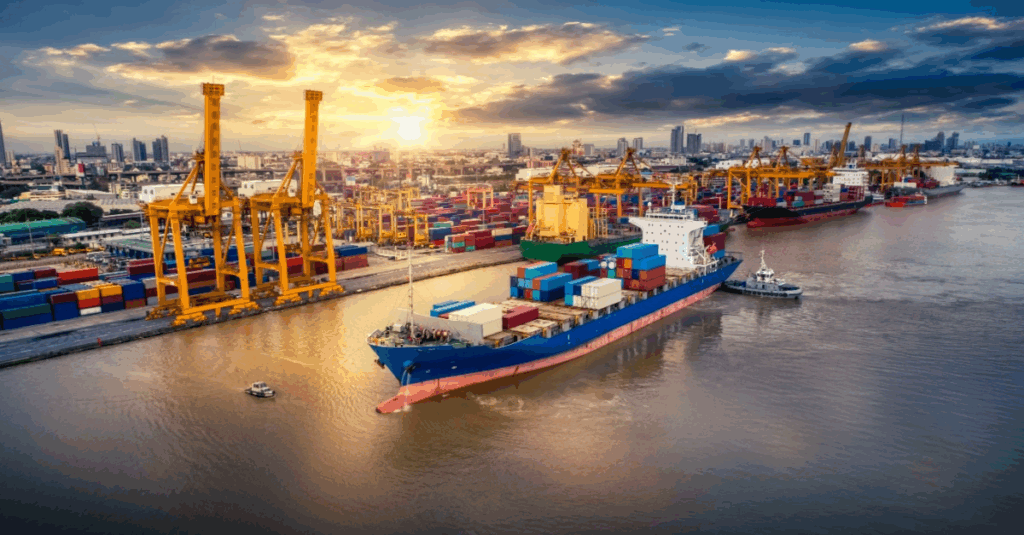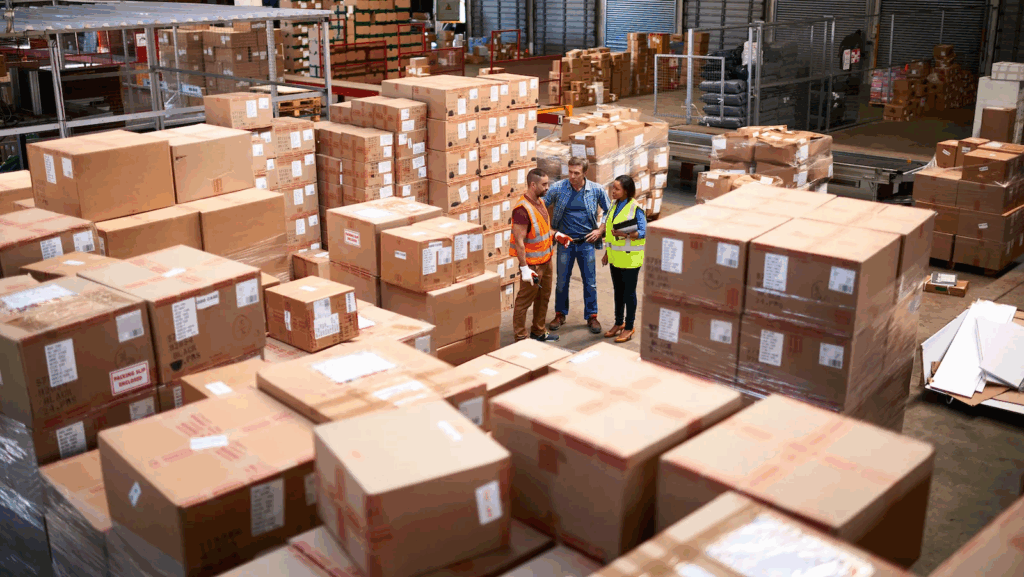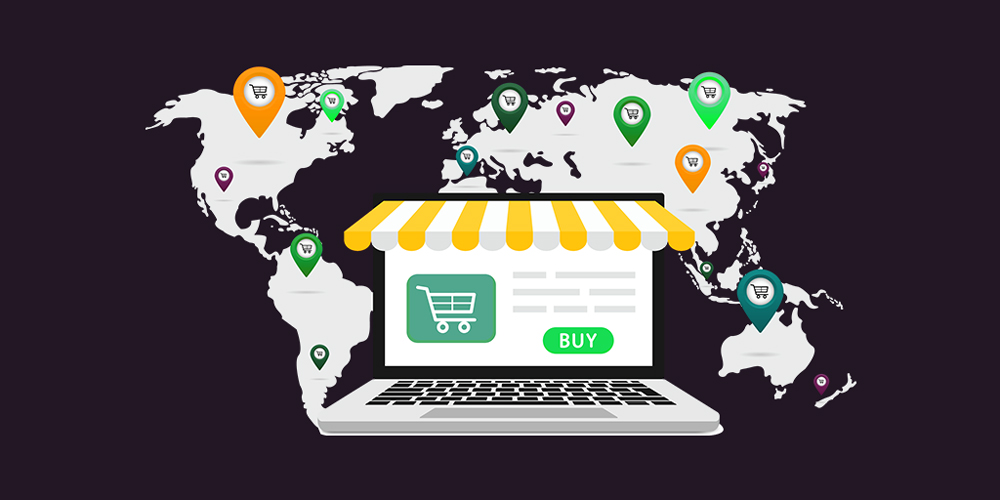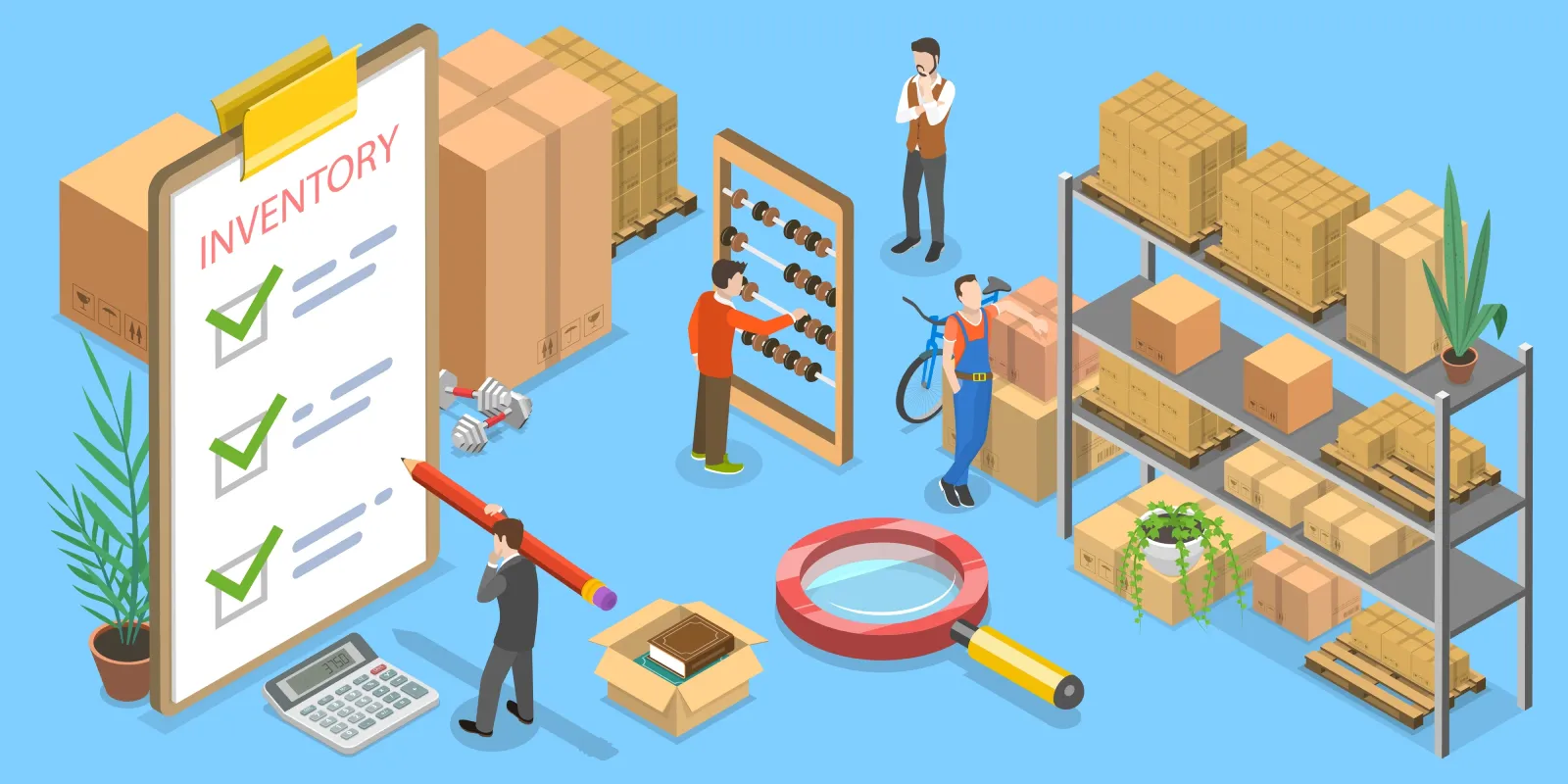What Is a Logistics Platform? Key Features and Benefits Explained
A 物流平台 is a digital system that connects every part of the supply chain—from warehouse management and shipping to order tracking and customer service. Businesses use it to plan, execute, and monitor logistics operations in one place. For companies like 邮政包裹, which focus on cross-border ecommerce and order fulfillment, a strong logistics platform is not just a tool—it’s the foundation of smooth and reliable delivery.

1. Understanding What a Logistics Platform Does
A logistics platform brings together multiple systems under one digital roof. It helps businesses manage inventory, shipments, transportation routes, warehouse operations, and last-mile delivery with 实时可见性.
1.1 Connecting the Entire Supply Chain
Traditional logistics systems often work in isolation. A logistics platform changes that. It integrates data from suppliers, warehouses, carriers, and customers into a single dashboard. With all information visible at once, managers can make faster decisions, fix delivery issues instantly, and optimize routes to save costs.
1.2 From Manual to Automated Operations
Before digital logistics platforms, most supply chain processes were manual. Staff had to call carriers, send spreadsheets, or check inventory one by one. Now, automation does the heavy lifting. For example, order data from an ecommerce store can automatically generate a shipping label, update inventory levels, and send tracking information to the customer—all within seconds.
2. Key Features of a Modern Logistics Platform
A high-performance logistics platform is built on several essential features that work together to improve speed, accuracy, and visibility.
2.1 实时跟踪
Real-time tracking is one of the most valuable features. Businesses can track the location of each shipment, its expected arrival time, and potential delays. Customers also benefit from real-time updates, improving satisfaction and trust.
2.2 Multi-Channel Integration
Today’s ecommerce brands sell through multiple platforms like Shopify, WooCommerce, Amazon, and eBay. A good logistics platform integrates all of these channels, automatically importing orders and managing them in one place. This eliminates the need for manual entry and reduces human error.
2.3 Inventory and Warehouse Management

The platform connects directly with warehouses to monitor stock levels, product locations, and restock alerts. With accurate data, businesses can prevent overselling or stockouts. Many logistics platforms also support 条形码扫描, 批量拣选和 automated storage allocation to speed up fulfillment.
2.4 Shipping Label and Documentation Automation
A logistics platform can automatically generate shipping labels, invoices, and customs forms. This feature is especially useful for cross-border ecommerce, where export documents vary by country. PostalParcel, for instance, uses automation to simplify customs clearance and avoid shipping delays.
2.5 Carrier Selection and Rate Comparison
Selecting the best carrier can save significant costs. The platform can compare shipping rates from multiple logistics providers, showing users the fastest or cheapest options. It can also assign carriers automatically based on package size, weight, and destination.
2.6 Analytics and Reporting
Data is the backbone of logistics. Platforms include dashboards and analytics tools to track delivery performance, carrier efficiency, and customer satisfaction. These reports help businesses find weak points—like late deliveries or high return rates—and fix them quickly.
2.7 Return Management
Returns are part of modern ecommerce. A robust logistics platform facilitates seamless return label generation, streamlined inspection workflows, and efficient stock reintegration, ensuring customers experience a smooth 逆向物流 过程。
3. Benefits of Using a Logistics Platform
The right logistics platform transforms how businesses handle orders, deliveries, and customer communication. Let’s look at the most impactful benefits.
3.1 Cost Savings Through Optimization
One of the biggest advantages is cost reduction. Automation reduces labor costs, while route optimization saves on fuel and time. Comparing carrier rates ensures the best deals. Over time, these small savings add up to major financial improvements.
3.2 Higher Delivery Speed and Accuracy

Because all steps are connected digitally, there’s less room for error. Orders move quickly from the online store to the warehouse, then to the carrier. Real-time visibility also means potential issues—like weather delays or address errors—can be fixed before they cause problems.
3.3 Better Customer Experience
Customers today expect transparency. With live tracking links, automated notifications, and smooth returns, a logistics platform helps businesses meet those expectations. When customers know exactly where their package is, their trust in the brand grows.
3.4 Scalability for Growing Businesses
Small ecommerce stores may handle 10 orders a day, while larger ones process thousands. A logistics platform scales with demand. It can connect to new warehouses, integrate with more carriers, and handle higher data volumes without reducing performance.
3.5 Cross-Border Efficiency
For companies like PostalParcel that specialize in international logistics, automation is critical. The platform simplifies customs declarations, HS code management, and tax calculations. This makes global shipping as simple as domestic delivery, saving days in processing time.
4. How a Logistics Platform Works in Practice
To understand the power of a logistics platform, it helps to see how it works step by step in a real scenario.
4.1 Order Import
When a customer places an order in an online store, the data automatically enters the logistics platform. The system records product details, quantity, and destination.
4.2 Inventory Check and Warehouse Tasking
The platform verifies stock availability and assigns the order to the right warehouse. If multiple warehouses exist, it chooses the one closest to the customer for faster delivery.
4.3 Label Creation and Carrier Assignment

Next, the system creates a shipping label and chooses the best carrier based on destination, price, and delivery time. Many platforms have preset carrier rules, making this step automatic.
4.4 Tracking and Notification
As soon as the order is shipped, tracking data appears in the dashboard and is sent to the customer via email or SMS. Both sides can follow the 包装 实时
4.5 Delivery Confirmation and Analytics
After delivery, the system updates the order status and stores performance data, such as delivery speed or customer feedback, for later analysis.
5. Choosing the Right Logistics Platform for Your Business
Not all logistics platforms are created equal. The ideal system depends on business size, product type, and shipping needs. Here’s what to consider.
5.1 Integration Compatibility
Check whether the platform supports your ecommerce system, ERP, or accounting software. Seamless integration prevents data mismatches and ensures smooth daily operations.
5.2 Customization and Flexibility
Every business is unique. A flexible platform should let you customize dashboards, automate workflows, and add modules for new regions or carriers as you grow.
5.3 Global Shipping Support

If your business sells internationally, make sure the platform handles multi-currency payments, tax calculations, and customs documents. Global coverage ensures no order is left behind.
5.4 Customer Support and Reliability
Logistics never sleeps, so you need a provider with responsive support. Whether through chat, phone, or email, assistance should be available when something goes wrong.
5.5 数据安全 和合规性
Logistics data often includes sensitive information—customer addresses, payment details, and product data. Choose a platform that follows global data protection standards like GDPR.
6. How PostalParcel Uses Logistics Platforms to Power Global Fulfillment
At PostalParcel, the logistics platform serves as the backbone of our global operations. It connects inventory management, order fulfillment, and carrier tracking into one ecosystem designed for ecommerce flexibility.
6.1 Simplified Cross-Border Operations
PostalParcel helps online sellers manage international deliveries with ease. The platform automates customs paperwork, integrates with carriers worldwide, and ensures compliance with destination country rules.
6.2 Smart Fulfillment for Ecommerce Stores

Our system supports real-time stock visibility, batch picking, and automatic order syncing from multiple online stores. This reduces manual work and accelerates shipping times.
6.3 Real-Time Tracking for Every Customer
With PostalParcel, both merchants and customers can monitor orders from dispatch to delivery. This transparency builds confidence and minimizes customer inquiries.
6.4 Scalable for Any Business Size
Whether you’re a small shop sending 20 packages a week or a global seller with thousands of daily orders, PostalParcel’s platform grows with you. It supports flexible warehousing and multiple courier partnerships for maximum efficiency.
结论
A 物流平台 is more than just software—it’s the digital engine that drives modern supply chains. It connects every piece of the process, from order creation to final delivery, ensuring that data flows smoothly and operations stay efficient.
For growing ecommerce companies, adopting a smart logistics platform means faster shipping, fewer errors, and happier customers. At 邮政包裹, this technology powers seamless global deliveries—making cross-border logistics simple, transparent, and scalable for businesses of any size.
行业洞察
收件箱消息
Nulla turp dis cursus.整体释放,预留空间








